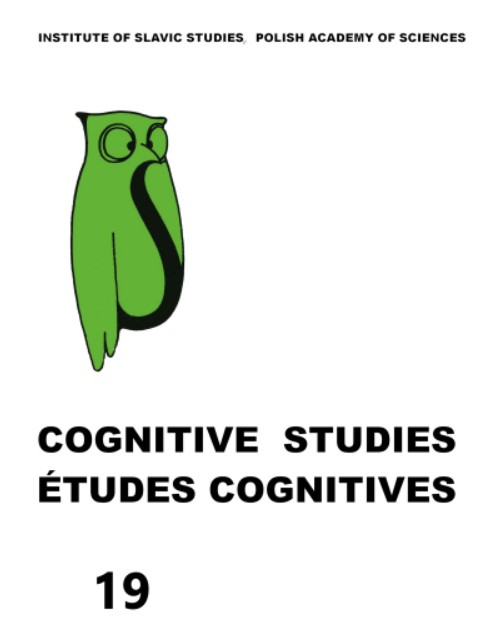THE REPRESENTATION OF THE “EMOTIVE-I” OF CHRISTINA ROSSETTI’S IDENTITY IN HER CHILDREN’S POETRY
THE REPRESENTATION OF THE “EMOTIVE-I” OF CHRISTINA ROSSETTI’S IDENTITY IN HER CHILDREN’S POETRY
Author(s): Anna PikalovaSubject(s): Theoretical Linguistics, Theory of Literature, British Literature
Published by: Instytut Slawistyki Polskiej Akademii Nauk
Keywords: Christina Rossetti; identity; “emotive-I”; children’s poems; types of the “emotive-I” of the poet’s identity;
Summary/Abstract: This article concerns the construction of the “emotive-I” of the identity of Christina Rossetti, who wrote children’s poetry. It is revealed that the construction of the “emotive-I” includes the following components: cognitive (knowledge, beliefs, motives, and ideas), affective (emotional and evaluative attitudes towards knowledge and beliefs, and towards oneself and children), and behavioural (the corresponding reaction that stimulates an intentional emotional influence on the object of the texts and is represented in the author’s poetic speech). On the basis of these components it is possible to distinguish the types of the “emotive-I” of C. Rossetti’s identity. The different types of the “emotive-I” include “lyricist”, “optimist”, “prankster”, “humourist”, “dreamer”, “fantasizer”, “cardiocentric”, “pessimist”, and “ingenuous”. The actualization of these types covers a wide range of linguistic means and stylistic techniques in the author’s poetic texts for children. The peculiarities of the poetic speech provoke the desired emotions in the readers, influencing the formation of children’s emotional sphere.
Journal: Cognitive Studies | Études cognitives
- Issue Year: 2019
- Issue No: 19
- Page Range: 1-11
- Page Count: 11
- Language: English

